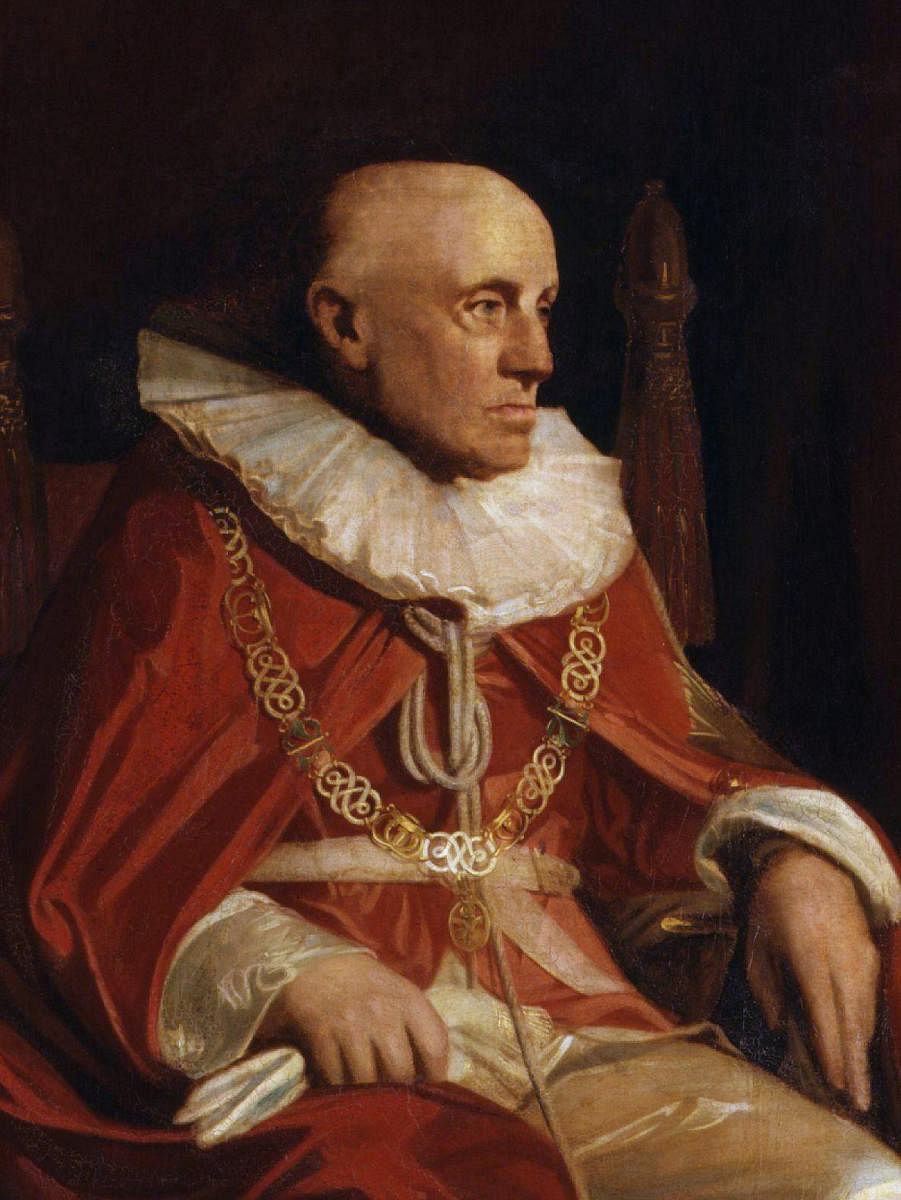
History records a little-known, but acute rebellion at Srirangapatna a decade after its fall in the historic Fourth Mysore War of 1799.
It was not a rebellion by the Indian sepoys, but a revolt by the European officers against their own man, the Governor of Madras, Sir George Barlow.
The bizarre incident threatened the very existence of the British Government. It plunged southern India into turmoil for three months, covering a wide area at three strategic forts — Masulipatnam (Machilipatnam in present Andhra Pradesh), Hyderabad and Srirangapatna (Seringapatam then).
The revolt by the British officers against their superior officers had its origin in Madras, the headquarters of the Madras Presidency.
Trouble was fermenting among the Madras officers from the beginning of 1807, the year Sir George Barlow was appointed the Governor of Madras.
His ill-judged and repulsive actions were resented by many already. Barlow added fuel to the fire by his arbitrary decisions in the name of economy. Suspending officers without trial and seizing the powers of the commander-in-chief at Fort St George aggravated the situation.
Two particular issues caused great dissatisfaction among the juniors in the Madras army: ignoring the recommendation made by the previous governor and commander-in-chief of Madras for equalisation of allowance in Madras on par with Bengal, where it was higher; and the abolition of the tent allowance, which was granted to commanding officers of regiments in 1802.
Tent allowance, which provided the officers in command of regiments with a monthly allowance for transport and camp equipage, became a major bone of contention in 1808.
Another major reason for discontentment was leaving out the commander-in-chief from the Council. This action deprived the officers of a representative in the Council Board to air their grievances.
Initially, trouble arose in Cochin and it was put down by Barlow. But, it had cost over 140 lives.
First act of defiance
The first act of open defiance came from the Company’s European regiment in the garrison at Masulipatnam in May 1809. The mutiny involved European officers, two dozen of whom seized the fort and arrested the commanding officer.
They went to the nearest Treasury, overpowered the guards, broke open the chests and took whatever they found inside. This was followed by a similar mutiny at Srirangapatna, while the officers of Hyderabad threatened to march to Madras to seize the government. Their protest about the loss of financial perks and privileges echoed throughout the army. The mutiny led by officers spread soon.
However, the revolt by the troops stationed at Srirangapatna under the influence of Col John Bell of the Company’s Madras artillery was of a serious nature.
Rebellious attitude by European officers was witnessed throughout the greater part of the army. Systematic aggression was seen all over. Self-constituted committees usurped the military authority entrusted to the commanding officers and seized the garrison.
Col Bell defied the commandant of the division and seized the treasure in the fort.
During July-end, the Chitradurga troops seized the public treasury and deserted their post. Two native battalions marched from Chitradurga to join the rebellious troops at Srirangapatna on August 6 on the orders of the committee. Enroute, the troops plundered villages.
The attack
While on the march to Srirangapatna, the two battalions were, however, attacked by a body of the Mysorean horse and the 25th dragoons, who had been collected by the resident to intercept them. In the skirmish, as many 550 were either killed, wounded or went missing.
The rest of the British and native officers and about 800 men made their way to Srirangapatna. Meanwhile, the government had mobilised a large force to besiege the fort and resist the mutineers.
The mutineers opened fire upon the force protecting the fort and made a few sallies. Under the command of Lt Col Gibbs, a detachment from the British force defeated and dispersed the rebelled troops from entering into the Srirangapatna garrison.
The defeat of the rebelled troops and their surrender was achieved under the direction of Arthur Cole in Mysore on August 23. The Great White Mutiny, which came to its inglorious end, saw several hundred sepoys lay dead in the ditches of Srirangapatna, gunned down by the King’s 25th Dragoons, who were supposed to be their comrades-in-arms, although the sepoys had no quarrel with the Company, but were only obeying the commands of their discontented officers.
The mutineers were later court-martialled and dismissed from service.
